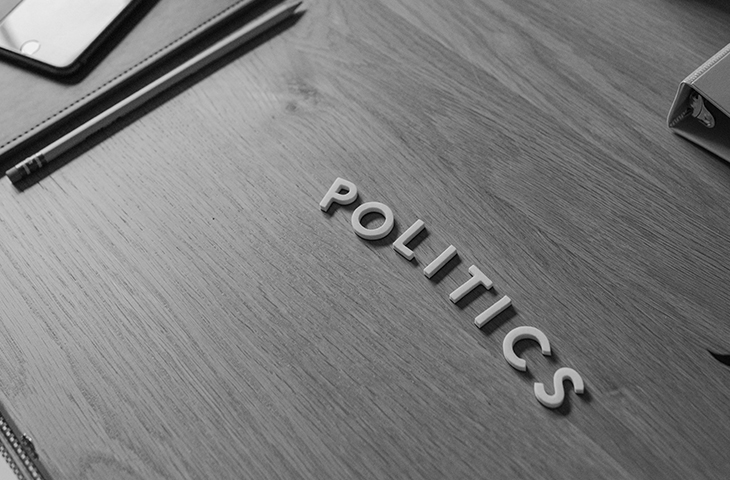Fed's Powell Opens Door To Rate Cut Amid Trump Pressure

JACKSON HOLE, Wyoming — Federal Reserve Chair Jerome Powell hinted Friday that the Fed might cut interest rates soon but added a subtle bit of context: It’s not because President Donald Trump is pressuring him.
Powell, delivering a closely watched speech at the central bank’s annual conference in Grand Teton National Park, said the U.S. economy faces two competing risks: that inflation could get worse, which would call for more elevated rates, and that the labor market could weaken, which would call for lower rates.
It’s “a challenging situation,” he said.
But he indicated that he’s more worried about economic weakening than a sustained increase in inflation and then used key central banker wording to suggest that he’s leaning toward a rate cut: “The shifting balance of risks may warrant adjusting our policy stance.”
The decision, though, will be “based solely on [Fed officials’] assessment of the data and its implications for the economic outlook and the balance of risks,” he said.
“We will never deviate from that approach,” he added.
Those comments are an oblique acknowledgment of the political firestorm that Trump and his fellow officials have sparked for the central bank in recent months. The president has called Powell a “numbskull” and a “total and complete moron” for refusing to lower interest rates.
Earlier this week, Trump called on another Fed board member, Lisa Cook, to resign after the president's housing finance regulator referred her to the Justice Department on allegations of criminal mortgage fraud, saying she had named two different properties as her primary residence on loan applications in 2021.
If Cook were to depart from the board, it would give Trump another opening to nominate an ally to the central bank to implement his vision of lower rates.
Two board members, Christopher Waller and Michelle Bowman, called for rate cuts at the Fed’s most recent rate-setting meeting in July, dissenting from the broader decision to hold borrowing costs steady.
But the president’s sweeping tariffs on all U.S. trading partners have led most Fed officials to hesitate on easing borrowing costs for fear that the levies could lead to a series of price increases.
Now though, Powell suggested he sees this scenario as less likely than economic weakening. Workers facing higher prices could demand higher wages, leading to a spiral where prices and income push each other up, but in his speech, the Fed chair said “that outcome does not seem likely” because hiring has slowed, giving employees less wage-setting power.
He also expressed confidence that investors and households still understood that the Fed’s intention over the long term is to return inflation to its 2 percent target.
To help clarify how the central bank approaches inflation and the labor market, Powell also announced updates to the Fed’s framework document, designed to be a durable, high-level explanation of how the Fed intends to set policy over time. Those updates underscore the Fed’s commitment to price stability.
The Fed makes its next rate decision in mid-September.
Popular Products
-
 Put Me Down Funny Toilet Seat Sticker
Put Me Down Funny Toilet Seat Sticker$35.67$16.78 -
 Stainless Steel Tongue Scrapers
Stainless Steel Tongue Scrapers$24.99$16.78 -
 Stylish Blue Light Blocking Glasses
Stylish Blue Light Blocking Glasses$61.99$42.78 -
 Adjustable Ankle Tension Rope
Adjustable Ankle Tension Rope$38.99$26.78 -
 Electronic Bidet Toilet Seat
Electronic Bidet Toilet Seat$247.78